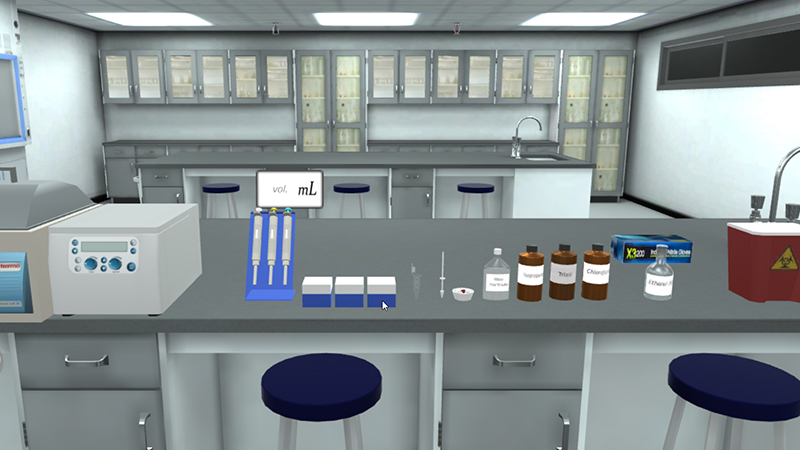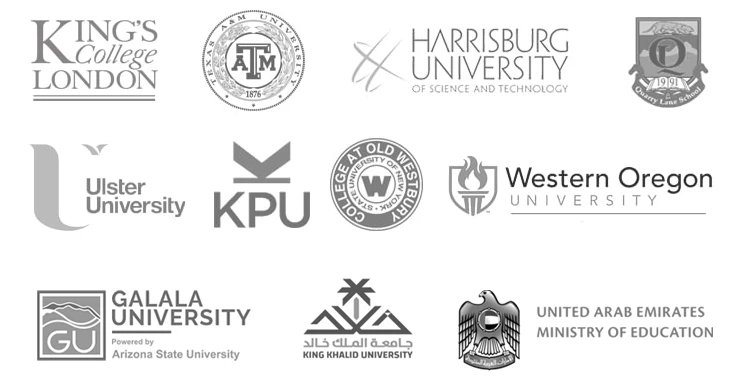RNA simulation for RNA Extraction
Biology | Molecular Biology | Biochemistry | Genetics | Microbiology






2.5M+
Active Users Worldwide
80%
Improved Learning Retention
60%
Reduction in Laboratory Costs
To extract cellular RNA using the Trizol reagent method in RNA virtual lab.
Trizol reagent method in RNA extraction lab.
By the end of RNA simulation, student will be able to:
In Trizol RNA Extraction Principle:




